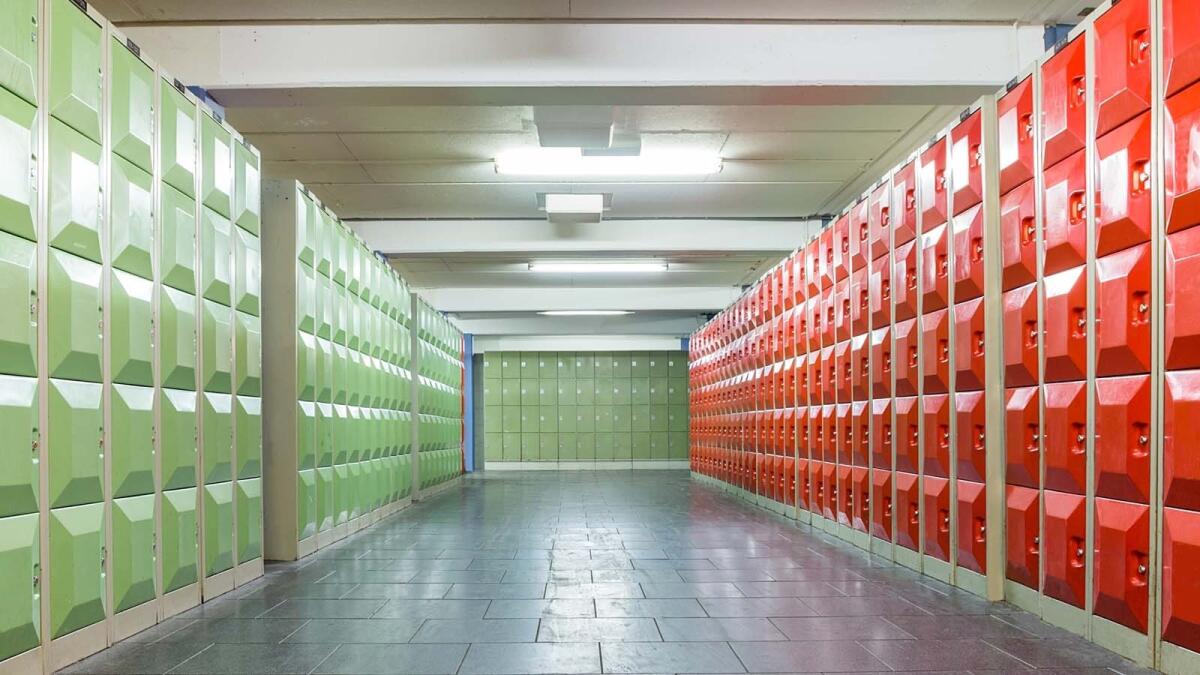After-school program offers continued education for at-risk students

- Share via
In 1988, Mayor Tom Bradley had a vision to provide a safe and supervised after school program for elementary students that addressed a rise in the lack of adult supervision of children between 3 p.m. and 6 p.m.
His vision was manifested with LA’s BEST, a free after-school program in the Los Angeles Unified School District that serves over 25,000 kids every day and thousands more in the summer at 195 elementary schools in neighborhoods most vulnerable to gangs, drugs and crime and at schools with the lowest student test scores.
“Mayor Bradley wanted to do something really substantial to address youth violence, youth achievement in school and overall success,” said Eric Gurna, CEO of LA’s BEST, an acronym for “better educated students for tomorrow.”
“The dropout rates were at record levels with a high percentage of young people with both parents working or with single parent homes,” Gurna said. “He wanted to break this pattern of failure, so he created LA’s BEST.”
The effort began in 10 elementary schools based on Bradley’s conviction that all children need a safe place to be after school with caring, responsible adults and engaging activities that connect each child to his or her school, family and community.
Today, children ages 5 to 12 at 195 elementary schools go straight into the program after the last bell rings without ever leaving school grounds. From Sun Valley to San Pedro, El Sereno to Venice, students are greeted after their last class of the day with a nutritious snack, help with their homework and exciting things to do and learn.
“Our goal is to provide kids with engaging programs that will ultimately help young people become more engaged citizens in the future,” Gurna said.
The program primarily targets at-risk children.
“We want kids who come from neighborhoods with very few resources to have the same opportunities as kids who are in a different tax bracket,” Gurna said.
Program offerings include “adventures in peacemaking,” a curriculum that uses the Peaceable Program, a conflict-resolution approach that teaches tolerance skills to young people.
An LA’s BEST arts program called ASAP includes visual art, music, dance, drama and poetry classes, and features artists and educators-in-residence working with children.
There are also specialized programs focused on fitness and intermural sports teams, elementary economics, computer skills, writing and continuing mathematics and science education.
“They are having fun while they’re learning and the natural outcome of that is academic improvement,” Gurna said.
Over the years, LA’s BEST has grown thanks to support from the city of Los Angeles, the Los Angeles Unified School District, the California Department of Education, federal funds and private donations.
“We’re grateful for the public dollars, but without private donations from foundations and individuals, we wouldn’t be able to make LA’s BEST the extra special program that it is,” Gurna said.
The program’s success is also a direct result of the 2,100 staff members who oversee daily operations.
“We hire directly from the communities that we’re serving,” Gurna explained. “Young people are really at an advantage when they get to connect with young professionals within their own neighborhood from their own community. In fact, we have several staff members who went through the program themselves. That kind of connection means a lot.”
Participants in LA’s BEST are 20% less likely to drop out of school and 30% less likely to commit a juvenile crime, statistics show. Children in the program also show bigger gains in language arts, science, math and history the longer they attend LA’s BEST in elementary school.
“Their attendance is also better in middle school. They demonstrate higher GPAs in middle school as well as higher scores on standardized tests,” Gurna said.
While test scores are important, so is the need for productive citizens.
“We hope that we’re part of a larger movement that emphasizes a holistic definition of success and not the narrow view reflecting grades and test scores,” Gurna said. “Employers don’t tell us they need high test scores. They need kids who know how to collaborate, who are self-starters, who have integrity and intuitiveness. These are the things that define holistic success and make a kid successful.”
Gurna added he is honored to be a part of a program that originated from Mayor Bradley’s vision 27 years ago.
“He believed nothing we do is as important as the effect we have on a child,” Gurna said.
For more information visit www.lasbest.org
-Alicia Doyle, Brand Publishing Writer
More to Read
Sign up for Essential California
The most important California stories and recommendations in your inbox every morning.
You may occasionally receive promotional content from the Los Angeles Times.













